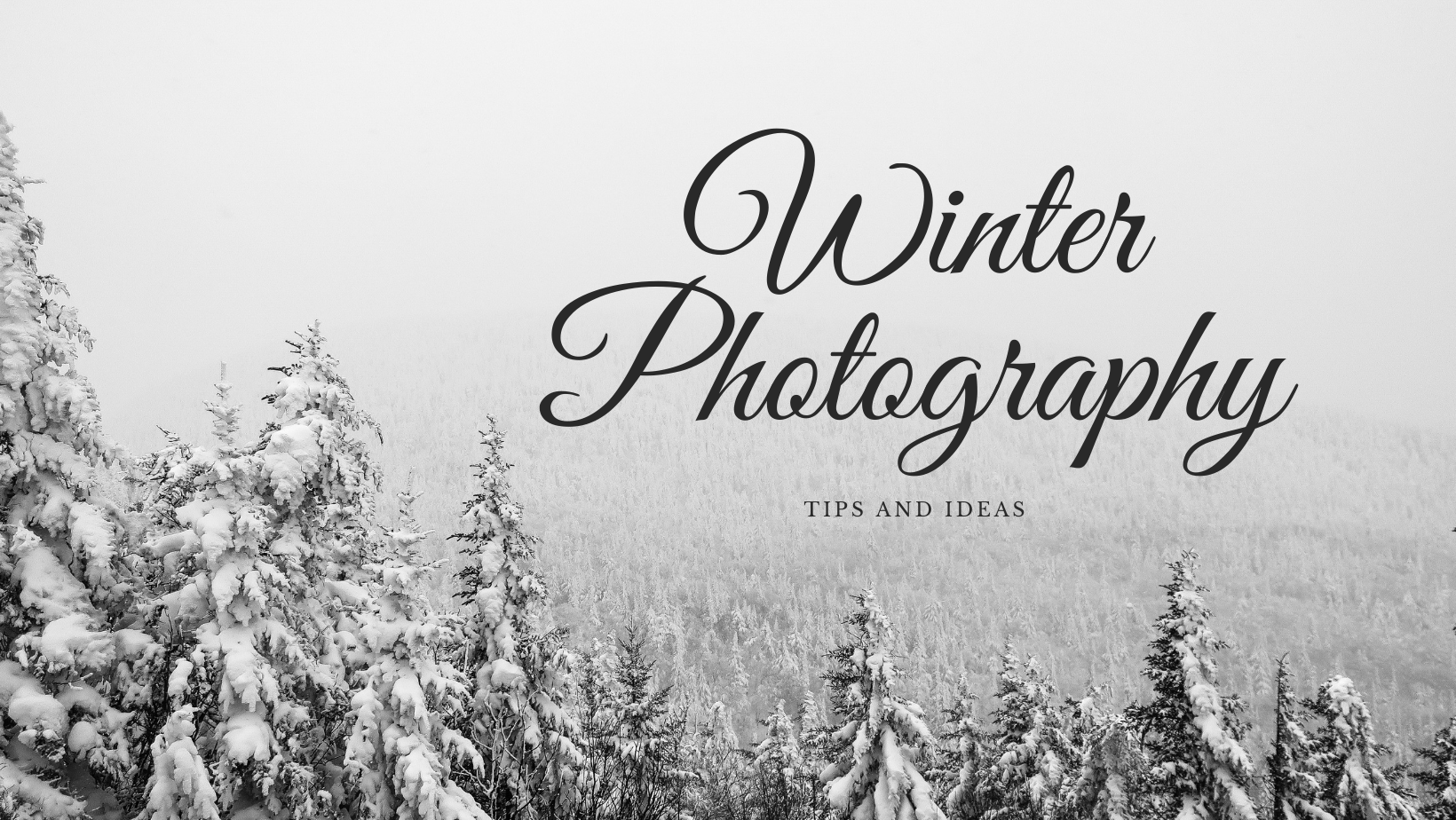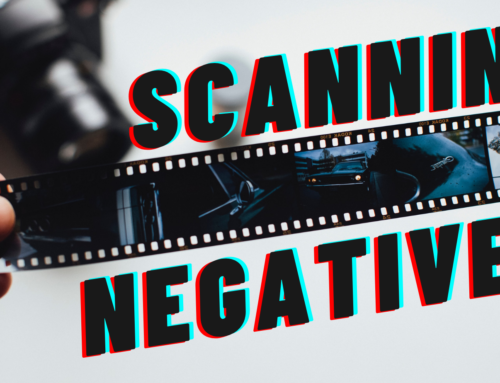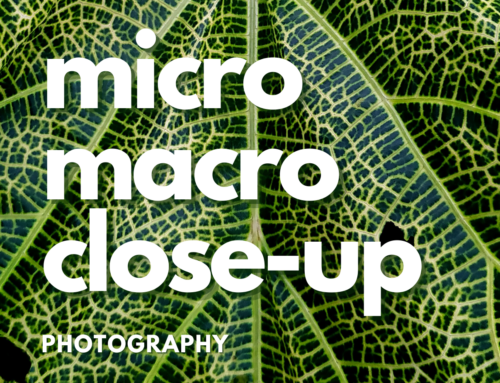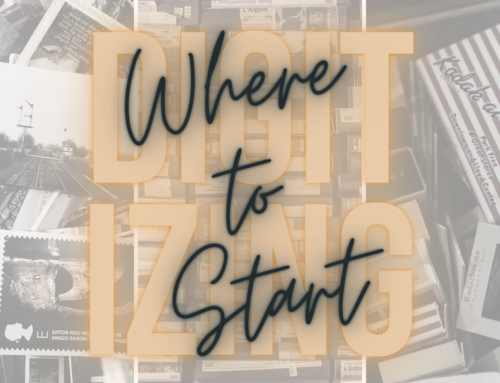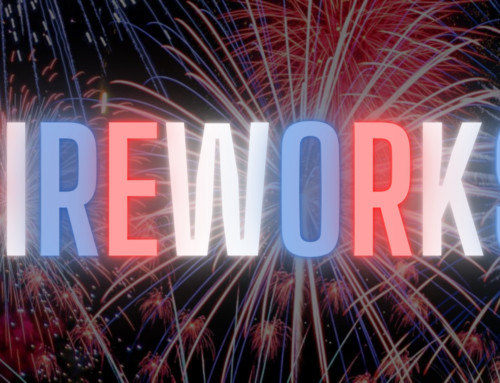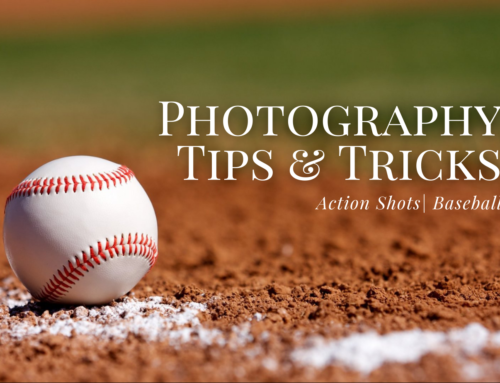With temperatures dropping outside and snow falling you might think to yourself that winter is not the best time to get out and take photos. Winter brings its unique beauty along with its unique set of challenges.

Photo by Joel Jasmin
Before you set off on a photo journey be sure to check the forecast. Bluebird snow days are wonderful for creative moments but the light snow can be full of fun to play around in. The winter weather can change on a dime so remember to be prepared, be safe, and make smart decisions. You can also set out on your photo journey during bluehour. This is the moment just before the sun rises or sets. The atmosphere offers this soft blue light that makes winter landscapes more magical. This magical moment only lasts for about 20-30 minutes so you must plan accordingly.
The monochromatic nature of winter scenes means any bit of color stand out. Think about having the person in the photo wear a colorful jacket or hold a colorful umbrella. You can even add a colorful scarf on your snowman that you just built. When taking a winter portrait consider framing with trees or rocks outdoors. Also bump up the exposure to bring out the vibrancy of the white of the snow.

Photo by Josh Hild
Also, the monochrome weather can create empty space in your photo. This can be striking if done effectively so use that white space. When you are composing a landscape try to add a subject in the foreground that adds depth to the photo. The empty space can be minimalist and powerful.
The bright condition that is created between the sun and the snow can make shooting action photos with a fast shutter speed easier. Think about capturing a skier going down hill or a neighborhood snowball fight. Try to take advantage of the abundance of available light and shoot the action.
When shooting in the winter try not to rely on your camera auto-exposure. This can yield to some disappointing gray shots. The shots can even take on a dull look. To avoid underexposure, add a positive compensation (+1 stop or exposure value). Flash in the winter might be good to highlight a shadowy foreground subject but it might also overexpose your entire shot which you do not want.
One shot that you can only capture in the winter is snow flurries. If you are trying to freeze the flurry in place, try using a shutter speed at 1/125th or faster. One other thing to think about is the temperature outside. Don’t forget to acclimate your camera by transitioning indoors to outdoors slowly. If you do this to quickly from warm to cold condensation can get inside your camera body or lens. This can cause fog or even worse moisture can cause parts to malfunction over time. Hope you have fun this winter taking photos and thinking about these tips and ideas.

Photo by Olivia Basile


